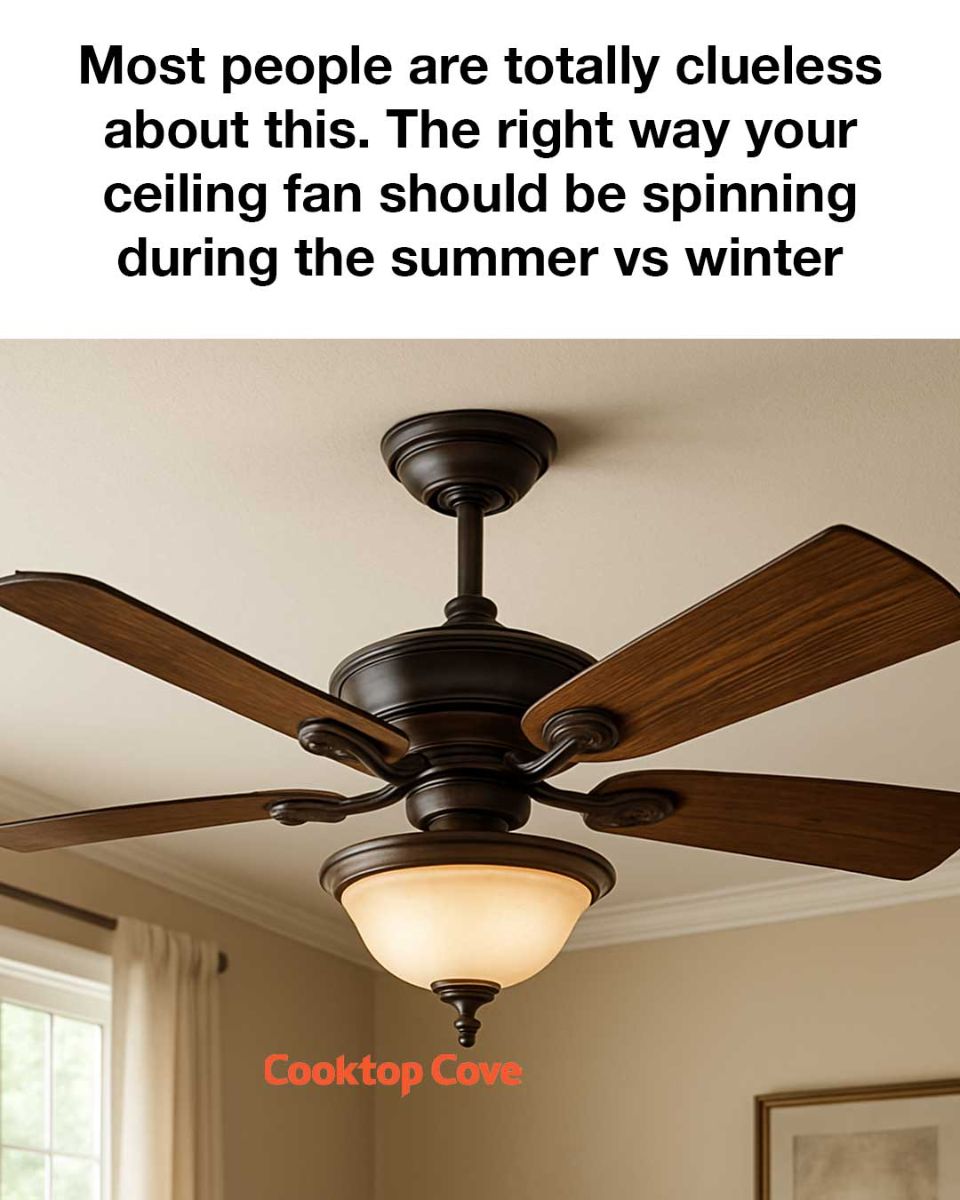6. Energy Efficiency and Cost Savings
Using ceiling fans correctly can lead to substantial energy savings. By adjusting the thermostat by just a few degrees and using fans to maintain comfort, households can save up to 15% on heating and cooling costs annually. This is because fans use significantly less energy compared to HVAC systems.
Moreover, ceiling fans can extend the life of your HVAC system by reducing its workload, leading to fewer repairs and replacements over time.
7. Common Misconceptions About Fan Direction
One common misconception is that ceiling fans cool the air. In reality, fans only move air around, which can make a room feel cooler or warmer depending on the direction of rotation. Another misconception is that fans should be turned off when leaving a room. While this is true for energy savings, if the room will be reoccupied shortly, leaving the fan on can maintain comfort levels.
Additionally, some people believe that fan direction does not matter, but as we’ve discussed, the right direction can enhance comfort and efficiency.
8. How to Change Your Fan’s Direction
Most ceiling fans have a small switch located on the motor housing that allows you to change the direction of the blades. To switch directions, first, turn off the fan and let it come to a complete stop. Then, locate the switch and flip it to the opposite position. Turn the fan back on to ensure it is spinning in the desired direction.
If your fan does not have a switch, consult the manufacturer’s instructions or consider upgrading to a model with this feature for added convenience.
9. Popular Hacks for Maximizing Fan Efficiency
To maximize fan efficiency, consider using a fan in conjunction with natural ventilation. Open windows on cooler days to allow fresh air to circulate, reducing the need for air conditioning. Additionally, clean fan blades regularly to prevent dust buildup, which can reduce efficiency.
Another hack is to use fans in rooms that are not connected to your central HVAC system, such as attics or garages, to improve air circulation and comfort in those spaces.
10. Signs Your Fan is Spinning the Wrong Way
If your room feels warmer than expected in the summer or cooler in the winter, your fan may be spinning in the wrong direction. Additionally, if you notice increased energy bills without a change in thermostat settings, it may be worth checking your fan’s direction.
Another sign is if you feel a strong breeze in winter or no breeze in summer, which indicates the fan is not set correctly for the season.
11. Expert Tips for Optimal Fan Use Year-Round
Experts recommend using ceiling fans in conjunction with your HVAC system for optimal comfort and efficiency. In summer, set your thermostat higher and use fans to maintain comfort. In winter, lower the thermostat and use fans to circulate warm air.
Additionally, consider installing fans in every room for consistent comfort and energy savings throughout your home. Regular maintenance, such as cleaning blades and checking for balance, can also ensure your fans operate efficiently year-round.

